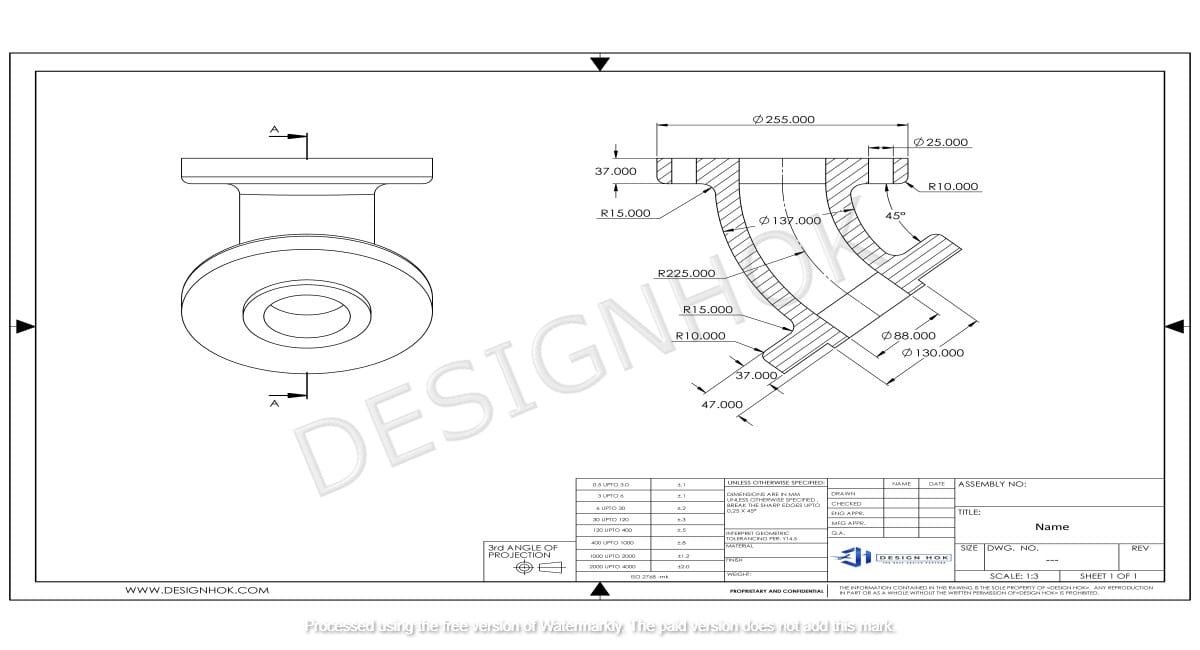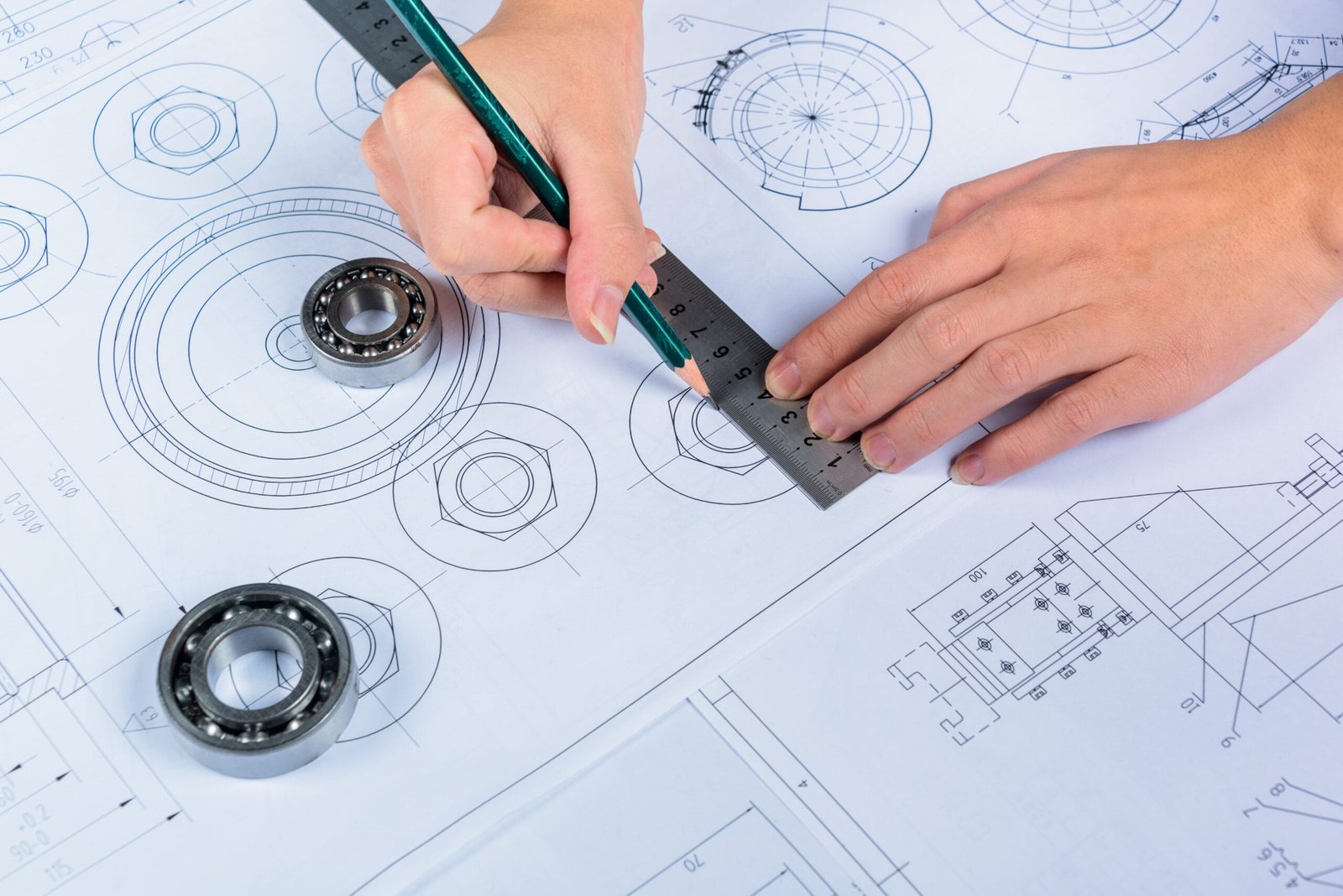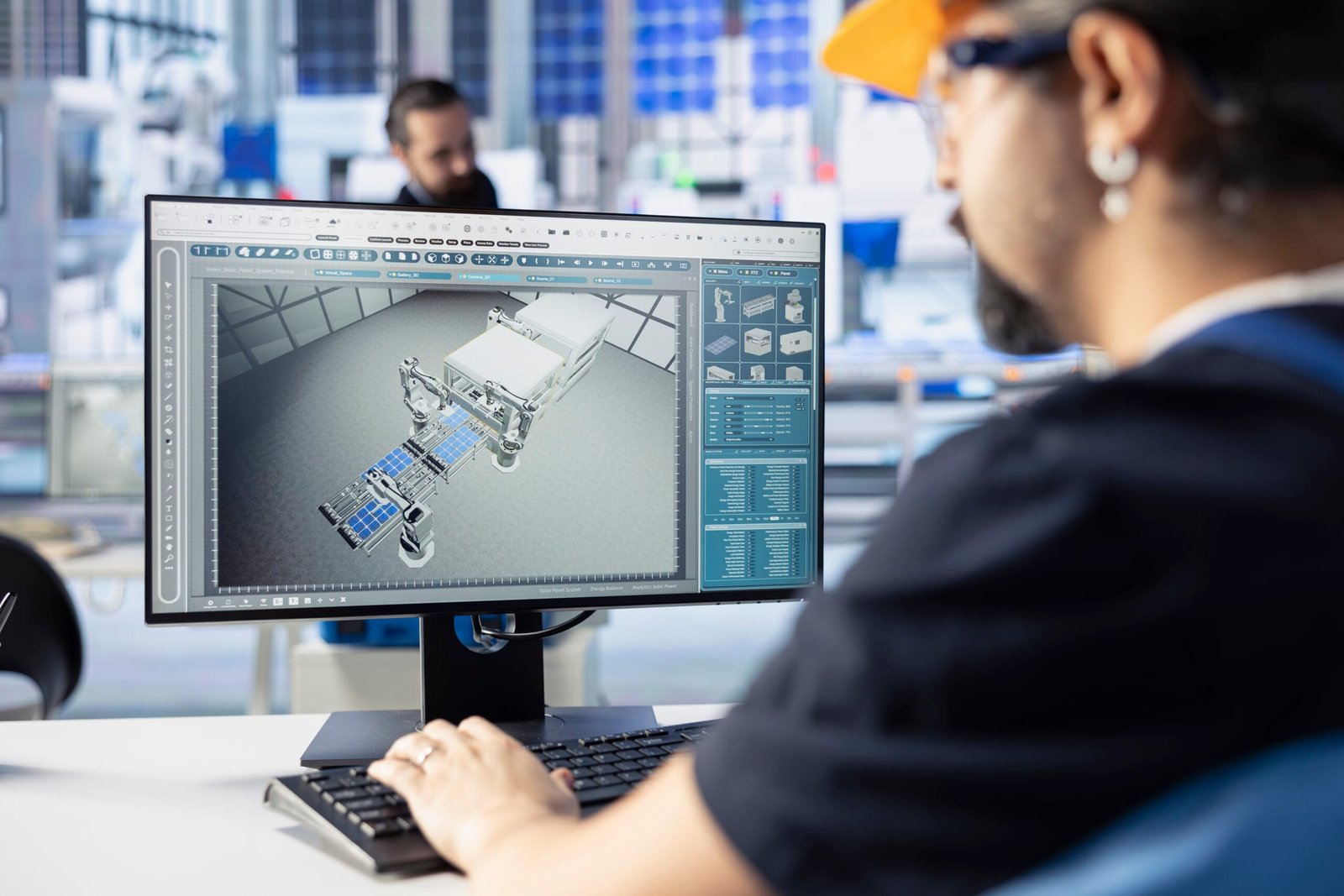Description
AS 9100 is the cornerstone of quality assurance in the aerospace and defense industry. For manufacturers aiming to supply parts or services to this sector, understanding the AS 9100 Requirements for Manufacturers is not just essential—it’s mandatory. This guide explores every critical requirement of the AS 9100 standard, its benefits, how to implement it, and how manufacturers can stay compliant to thrive in a highly regulated market.
1. Introduction to AS 9100 Requirements for Manufacturers
AS 9100 Requirements for Manufacturers is a globally recognized quality management standard developed by the International Aerospace Quality Group (IAQG). It’s based on ISO 9001, but it includes additional requirements tailored to the aviation, space, and defense (AS&D) sectors. AS 9100 is essential for organizations manufacturing aircraft components, spacecraft parts, or providing defense-related services.
2. Why AS 9100 Requirements for Manufacturers
AS 9100 Requirements for Manufacturers in the aerospace sector face high pressure to ensure quality, safety, traceability, and risk mitigation. AS 9100 Requirements for Manufacturers is often a precondition to bidding for contracts with major aerospace companies such as Boeing, Airbus, Lockheed Martin, and NASA. It gives manufacturers a competitive advantage and demonstrates their ability to meet rigorous aerospace compliance standards.
SEO Keywords:
- aerospace manufacturing compliance
- AS 9100 certification benefits
- quality control in aerospace
3. Core Requirements of AS 9100 Requirements for Manufacturers
Quality Management System (QMS)
At its core, AS 9100 Requirements for Manufacturers to develop and maintain a documented QMS that aligns with the standard’s structure. This system must define:
- The scope of the QMS
- Quality policies and objectives
- Procedures and records for traceability
- A framework for continual improvement
Leadership and Commitment
Top management must demonstrate accountability by:
- Taking ownership of the QMS
- Ensuring that customer requirements are met
- Integrating the QMS into strategic planning
- Promoting a culture of quality across the organization
This section enhances AEO by showing search engines leadership’s role in compliance.
Risk Management and Product Safety
AS 9100 requires a proactive approach to risk:
- Conduct risk-based thinking during planning
- Assess and document risks to product safety
- Implement preventive measures
In aerospace, even a minor defect can be catastrophic, so safety and risk controls are non-negotiable.
Configuration Management
This ensures that product designs, versions, and changes are properly documented and controlled throughout the product lifecycle. It includes:
- Identifying product configurations
- Managing changes and updates
- Ensuring that only authorized versions are used in production
Supplier and External Provider Control
Manufacturers must evaluate and select suppliers based on their ability to meet AS 9100 Requirements for Manufacture.
This includes:
- Defining quality clauses in contracts
- Performing audits and performance reviews
- Tracking supplier performance metrics
Monitoring, Measurement, and Improvement
Manufacturers are required to:
- Set Key Performance Indicators (KPIs)
- Measure process effectiveness and efficiency
- Identify areas for continual improvement
- Conduct regular internal audits
These requirements ensure that non-conformities are quickly identified, reported, and resolved.

4. Benefits of AS 9100 Certification
- Market Access: Many aerospace OEMs require AS 9100 for supplier approval.
- Reduced Operational Risks: Through a robust QMS and risk mitigation.
- Improved Customer Satisfaction: With consistent delivery of quality products.
- Increased Efficiency: Streamlined processes and waste reduction.
- Global Recognition: Boosts credibility and trust in international markets.
5. Steps to Implement AS 9100 in Manufacturing
- Gap Analysis: Evaluate your existing QMS against AS 9100 Requirements for Manufacturers.
- Training & Awareness: Educate employees on the importance and impact of AS 9100.
- QMS Documentation: Develop policies, procedures, and records.
- Process Optimization: Use lean manufacturing and Six Sigma techniques.
- Internal Audits: Conduct practice audits to find gaps.
- Management Review: Ensure leadership participation and approval.
- Certification Audit: Engage a third-party registrar to conduct the audit.
NLP Synonyms and Phrases:
- aerospace industry standards
- QMS for aviation
- quality assurance for manufacturers
6. Common Challenges in Meeting AS 9100 Requirements for Manufacturers
- Lack of internal expertise
- Inadequate documentation
- Resistance to change
- Complex supply chains
- Failure to engage top management
Overcoming these challenges involves commitment, training, and possibly hiring AS 9100 consultants or using compliance software solutions.

7. AS 9100 vs ISO 9001: Key Differences
| Feature | ISO 9001 | AS 9100 |
|---|---|---|
| Industry | All | Aerospace, Defense, Aviation |
| Focus | General QMS | Quality, Safety, Risk in aerospace |
| Additional Clauses | None | Risk, Configuration, Safety, Suppliers |
| Audits | Basic | Stringent and frequent |
While ISO 9001 is a foundational standard, AS 9100 is more specialized and includes clauses that directly address the needs of high-risk industries.
8. How to Maintain Certification
Once certified, manufacturers must:
- Conduct annual surveillance audits
- Continually improve the QMS
- Stay updated on AS 9100 revisions
- Ensure staff training is up to date
- Re-certify every three years
Neglecting to maintain these practices can lead to suspension or loss of certification, which may halt operations in regulated sectors.
9. Final Thoughts
Meeting AS 9100 Requirements for Manufacturers isn’t just about compliance—it’s about adopting a culture of quality, safety, and accountability. From leadership engagement to supply chain management and risk mitigation, each clause plays a role in building a robust quality system that aligns with the complex demands of aerospace clients.
Manufacturers who implement AS 9100 correctly will position themselves as reliable, globally competitive partners in one of the most challenging and rewarding industries on Earth.
10. Frequently Asked Questions (FAQ)
Q1: What is the purpose of AS 9100 in manufacturing?
AS 9100 provides a framework for managing quality, safety, and risk in the manufacturing processes of aerospace and defense products. It ensures consistent product quality, regulatory compliance, and customer satisfaction.
Q2: How long does it take to become AS 9100 certified?
The certification timeline varies based on company size and preparedness. On average, it takes 6 to 12 months including preparation, documentation, training, and audits.
Q3: Is AS 9100 certification mandatory?
While not legally mandatory, AS 9100 certification is often required by major aerospace clients as part of their supplier qualification process.
Q4: Can small manufacturers get AS 9100 certified?
Yes. Small or medium-sized enterprises (SMEs) can and do become AS 9100 certified. The key is scaling the QMS to the size and complexity of their operations.
Q5: How much does AS 9100 certification cost?
Costs vary by company size, auditor, and scope of operations. It can range from $10,000 to $50,000, including audits, documentation, and training.





